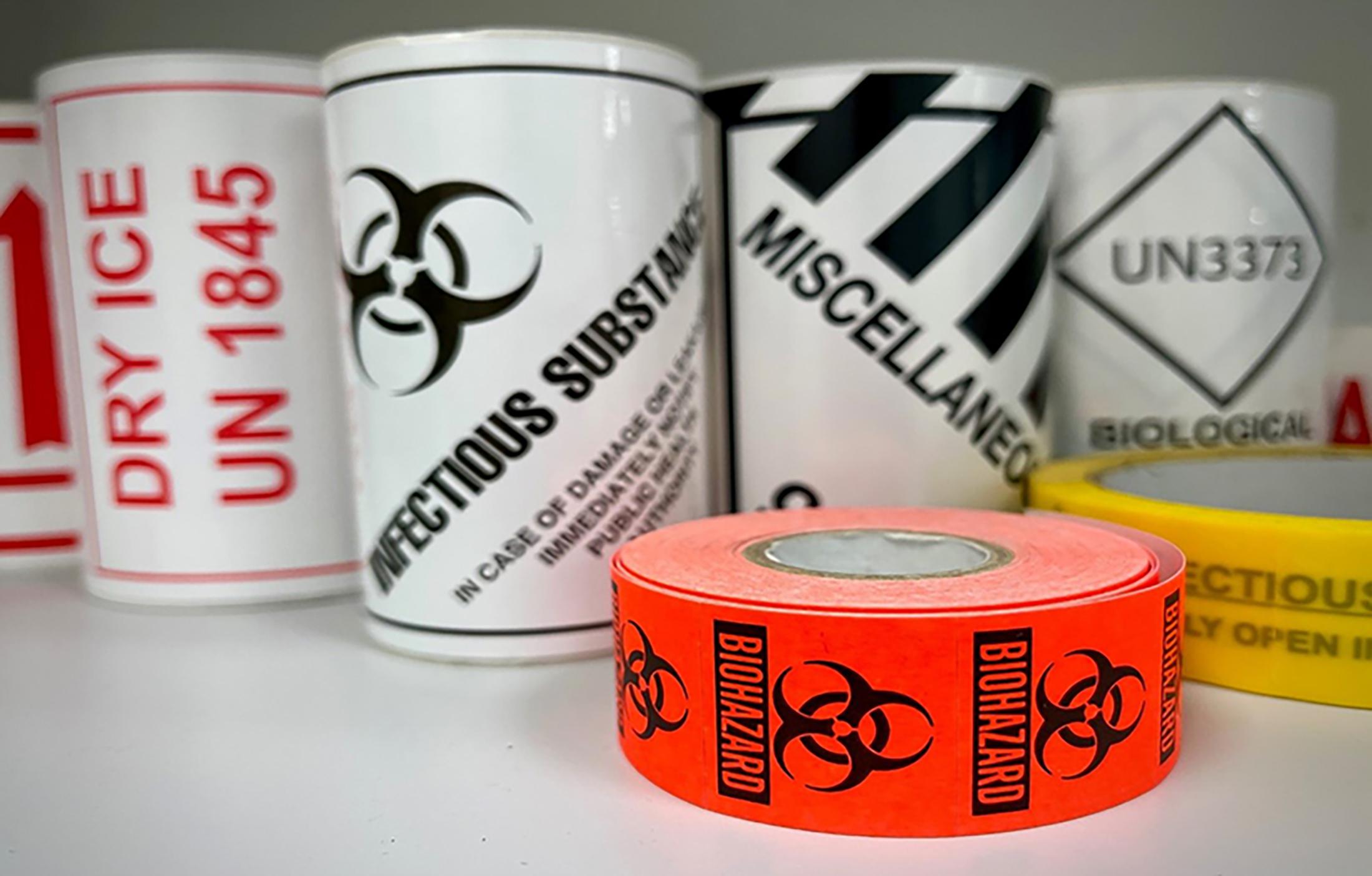The risk of unplanned hazardous scenarios, such as the uncontrolled release of pathogens, is a continuous threat to biological facilities worldwide.
Commonly used risk assessment tools include a Hazard and Operability (HAZOP) or a Structured What-If Technique (SWIFT) study to identify reasonably foreseeable hazardous scenarios.
The Layers of Protection Analysis (LOPA) method has also been used extensively in the process industries (e.g., oil and gas) to manage and understand risk and demonstrate if a facility is ‘safe’ to operate.
Writing in Scientific Reports, Biosafety practitioners at The Pirbright Institute explained how LOPA can be applied in the biology sector to manage risks in microbiological high Containment Level (CL) facilities.
The LOPA methodology works by analysing the frequency and likely causes of hazardous scenarios, identifies and assesses independent layers of protection and their failure likelihoods, determines applicable conditional modifiers and estimates risk frequency to gauge the need for any additional layers of protection.
Lead author Andrian Harsono, Functional Safety Manager at The Pirbright Institute, said, “LOPA is but one of the initial steps in a lifecycle of activities that ensure high-containment facilities can be operated safely. The methodology allows an organisation to formally record possible hazardous scenarios and currently existing safeguards, and our paper suggests some initiating causes, independent protection layers and conditional modifiers specific to the biology sector.
“We hope it provides a useful guide to end-users as they carry out LOPA studies in their microbiological facilities. As scientists strive for ground-breaking research, it can be easy to lose sight not only of the risks that they face but also considerations as to whether these risks are adequately managed.”
With the right mentality, culture, and tools, the Pirbright team hopes that the LOPA methodology will become an integral tool in reducing the frequency and impact of incidents involving unplanned release of pathogens from containment facilities.
Read the paper
Harsono, A., Waters, R., Tearle, J. & Harkess, G. (2025) Applying the layers of protection analysis (LOPA) method to high containment level biological facilities. Sci Rep 15: 4428. https://doi.org/10.1038/s41598-025-88546-8
